We left Mesa Verde in the rain this morning, stopping briefly at the visitor center on the way out. I now understand the significance of the sculpture in front of the building. “The Ancients” refers to the Ancient Pueblo people, and the image is of one such person climbing down a cliff, presumably at the end of the day as the basket on his back is full. The thing towers over your head as you stand there looking up at it, and you get some sense of what it must have been like to clamber up and down that sheer face using only little hand and footholds carved into the rock. I am trying to imagine the first person down carving those things as he went. The mind boggles.
Hovenweep National Historic
Site, which straddles Colorado and Utah (the visitor center is in Utah). The
word “Hovenweep” comes from the Ute/Paiute word for “deserted valley.” The settlement sits on top of the Cajon
Mesa, and it wasn’t really deserted until around 1300. Nomadic people came through here for many
centuries, and then small groups of people began settling here in about 700
CE.
Around 1100, for reasons unknown,
there was a large influx of people, and they began aggragating into larger
communities. The building of these
towers began in about 1230 and continued to about 1270, and then they were
deserted by about 1300. The story here
is the same that we have encountered elsewhere:
no one knows why the left; speculation is that it was a combination of
overpopulation and therefore decimation of resources, prolonged drought, and
possibly internal strife (maybe over resources).
Hovenweep is another site at which the Ancient Puebloan
people built houses. These are stone,
like the cliff dwellings, but they are built right on top of the cliffs, and,
in fact, are right on the very edge. The
ranger told us that there are piles of rubble below some of the houses which
suggest that they actually built out over the canyon, but that those platforms
or stairs or porches or whatever they were are now gone, fallen into the canyon
below. I asked if the people farmed on
the top of the cliffs,; I was thinking that maybe they built right on the edge
to keep the land free for farming, although that seemed highly unlikely, as
it’s pretty much solid rock up there (as you can see in photos).
The ranger said no, they farmed down in the
bottom, where the water ran. That made
perfect sense, of course, but then the question of why build so close to—or
even over—the edge is ever more mysterious.
The park brochure suggests that the choice to build right to the edge
like that is not “practical.” That’s an
understatement.
There is a loop walk here of about 2.5 miles which goes down
into the canyon and climbs back up, but the ranger recommended we not try that
one today. It has been raining quite a
bit here (I think she said ¾ of an inch in a day, which is a LOT for this
area). There is standing water all
around, and the ranger said the trail down into and then through the canyon is
very muddy. (I’m thinking “very muddy”
plus “very steep” = “very slippery.”) We took her suggestion to go out as far
as what they call Hovenweep Castle and the Square Tower and then double
back. From that trail, we could see
everything; we just didn’t get right up next to some of the ruins. Here, as in all the places we have been, the
buildings are impressive. It’s hard to imagine
what motivations drove these people to build such structures under such
incredibly difficult circumstances.
After we left Hovenweep, we headed out to Yucca House
National Monument, the most remote and obscure NPS site we’ve ever been
to. Yucca House is a small site (about
24 acres of which about 9 acres are accessible) encompassing a Great House
which has not been excavated, except for a tiny piece of wall just so you can
see that a Great House was here.
To get
into the Yucca House site, you follow some very back back roads until you
literally turn into someone’s driveway, where you park next to the entry
gate. You sign a clipboard indicating your
entry and exit times. There is also a
warning notice that there are fleas and ticks in this area that carry some dire
plague, so you are advised not to go near any animal and to stay out of any
deep grass. They didn’t have to tell me
twice.
We spent about 20 minutes here, but
while we were there we saw the ruins (pretty interesting, actually, to see the
pile of rubble; made me wonder whatever possessed someone to decide to dig down
into these piles to find Great Houses), a very pretty Flicker, who was perched
on top of a little tree chirping his head off (not usual behavior, in our
experience, for woodpeckers), and a Harrier Hawk on the hunt. Nice spot with a view of the mountains.
The only hotel for miles around
Yucca House is the Ute Valley Casino. We
have stayed in Indian Casino hotels before—last year, for instance, at Grand
Portage, MN.
This one was particularly
nice. For one thing, all the native
peoples continue to take COVID VERY seriously.
Everyone wears a mask, and if you refuse, you leave. They also keep the place scrupulously clean—we
saw a woman down on her knees cleaning the vents over the air filters with a
thin tool that she was using to slide between the openings. (The COVID precautions are in place all through
the reservations; we were in the Navajo Nation for several days, and it was
absolutely consistent. Unlike at home,
if you try to go into a place with no mask they stop you. I saw a guy try to go into a gas station with
his t-shirt pulled up over his mouth, for example, and the clerk said: “Hey,
buddy! You need a mask!” and out the guy
had to go.) If you don’t want to comply with COVID restrictions, don’t come
here.
The only place to eat, of course, was in the casino
restaurant. We went down for dinner
about 7, and discovered that there was an hour wait. It was Thursday night, which was “Native Foods
Buffet” night, and, the check-in clerk informed us, it is their most popular
night of the week. Having no other option, we took a pager for our hour-long
wait and went back to the room. They seated
us almost exactly one hour later. We
declined the buffet and ordered off the menu (I was quite struck by the vast
quantities of food people were bringing from the buffet—I couldn’t have
shoveled it all down if I tried!). I had
a good old-fashioned open-face hot turkey sandwich which was really
delicious.
Summation: if you’re
ever out here near Yucca House National Monument, then I highly recommend you
stay here. But bring a mask.

 Hovenweep National Monument, United States
Hovenweep National Monument, United States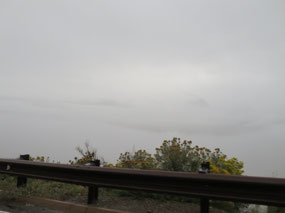
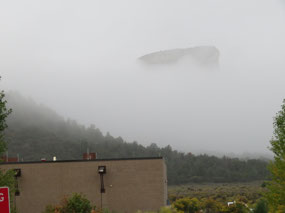
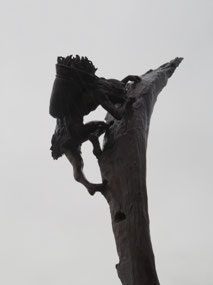
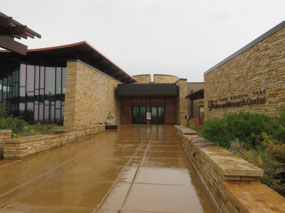
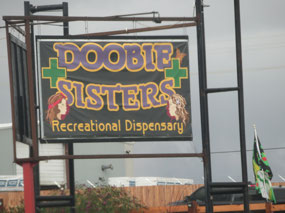

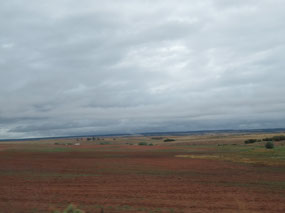
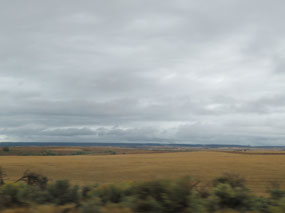
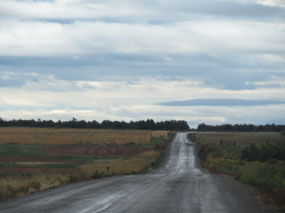
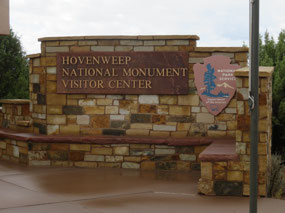
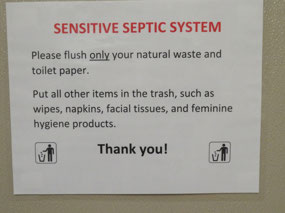
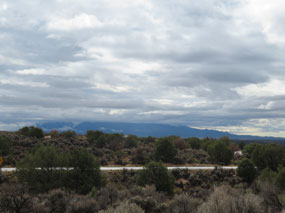
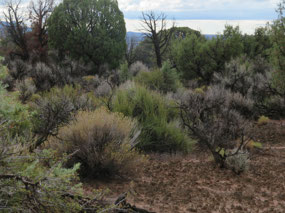
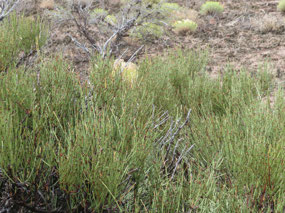
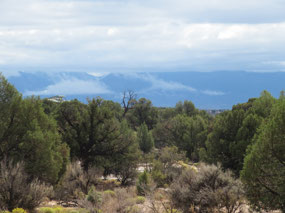
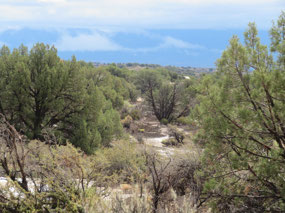
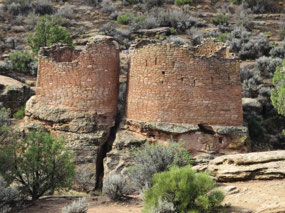
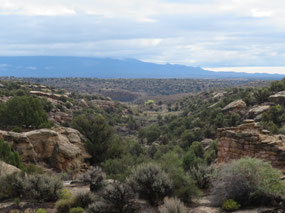
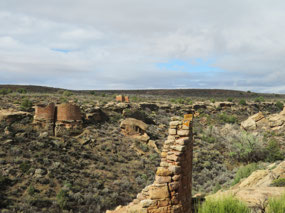
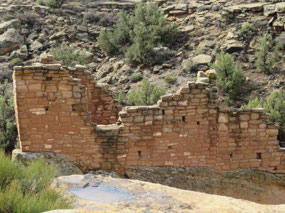
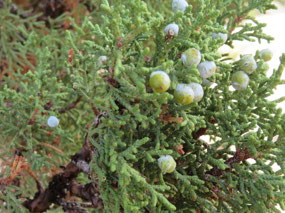
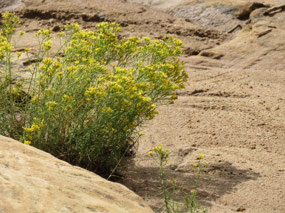
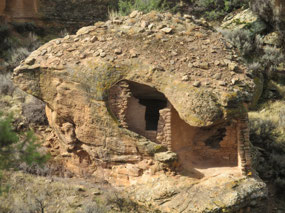
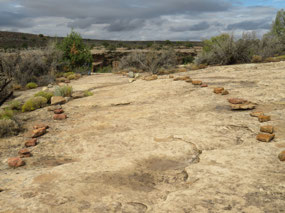
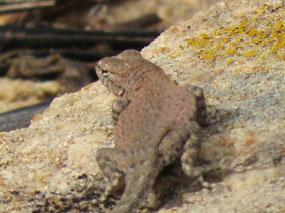
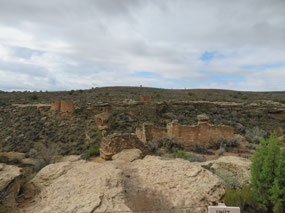
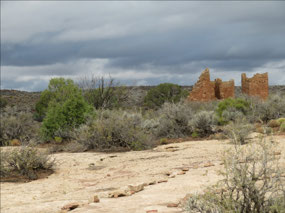
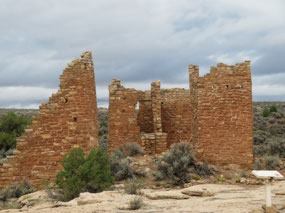
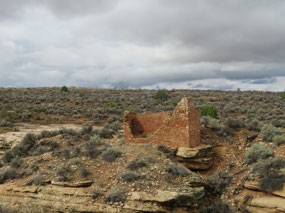

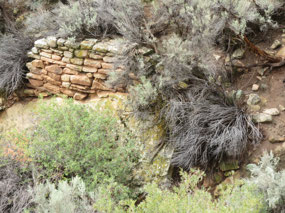
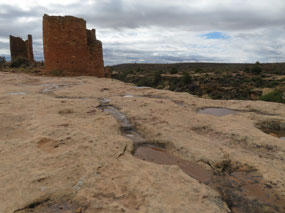
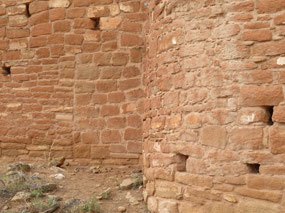
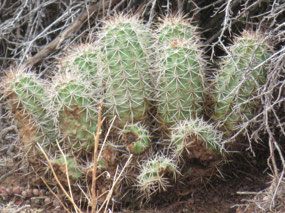
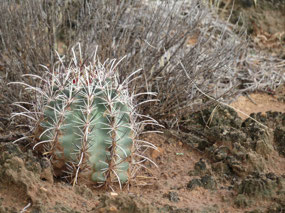
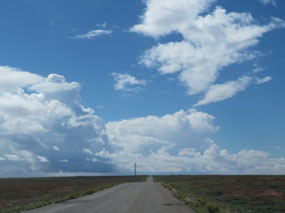
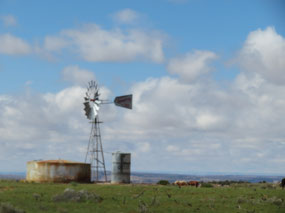
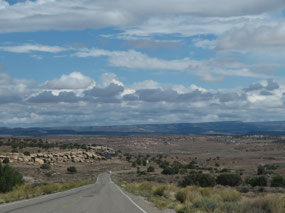
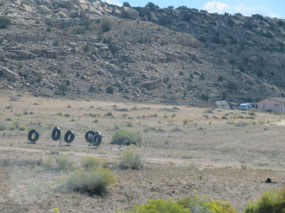
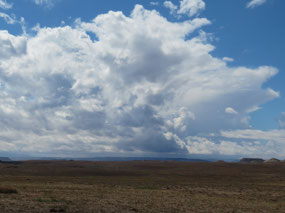
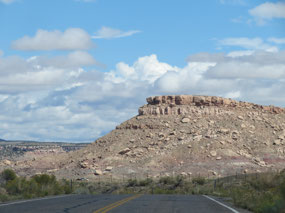
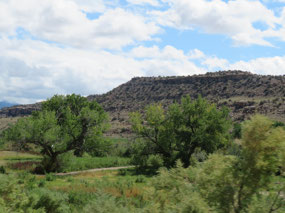
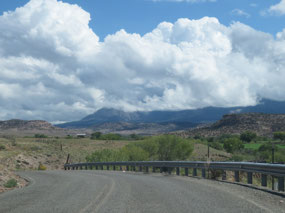
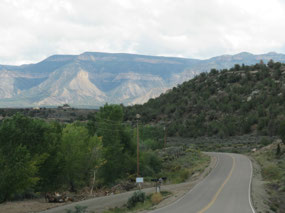
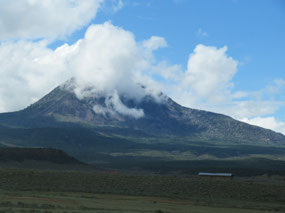
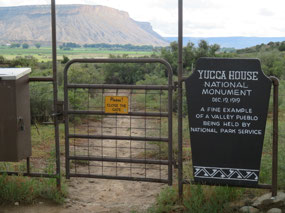
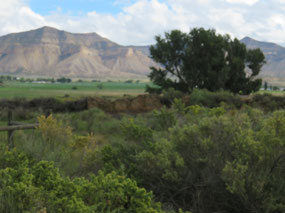

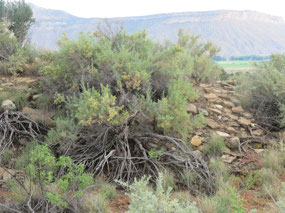
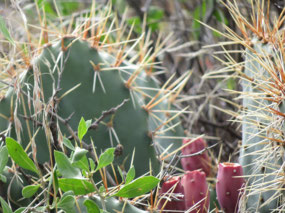
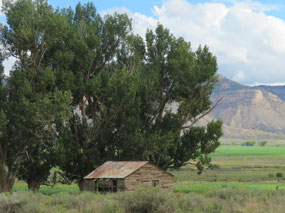
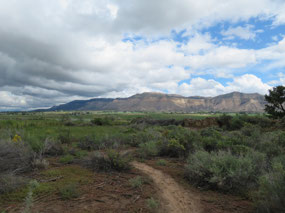

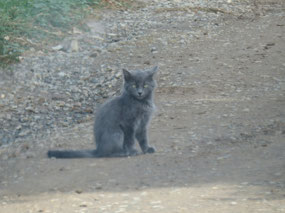

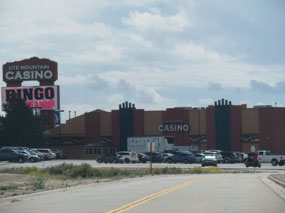

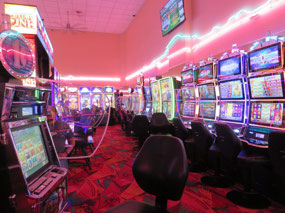

2025-05-22